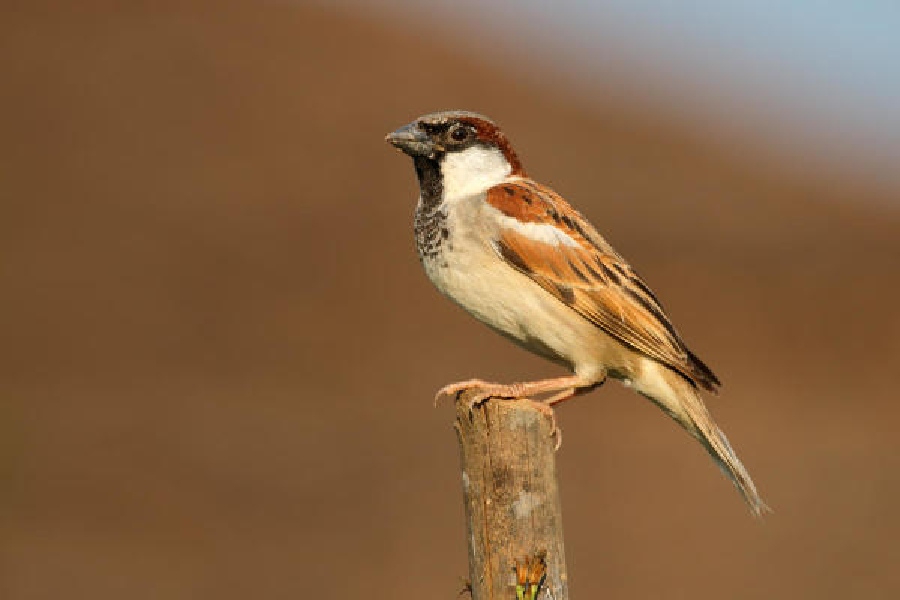Book: The Living Air: The Pleasures Of Birds And Birdwatching
Author: Aasheesh Pittie
Published by: Juggernaut
Price: ₹550
Aasheesh Pittie disarms the sceptic readers who secretly wish ill on, say, the incorrigible pigeons that maul saplings in our balconies. What adds to the pleasure of The Living Air is Pittie’s narrative, which echoes Gerald Durrell’s engaging prose.
Pittie takes up diverse stories of birds, ordinary and exotic, such as the sparrow and the great Indian bustard, in this collation of personal experiences of birdwatching that also examines the broader socio-ecological factors behind the sharp decline in the population of specific birds.
The initial chapters are short studies of falcons, dabchicks, ioras, owls and other Indian birds, whose once ubiquitous presence has been disturbed — decimated — by human interferences. Snippets of his blog and diary entries, especially from when he stayed at the International Crop Research Institute for the Semi-Arid Tropics, enliven the text by throwing welcome light on lark songs as well as birds of marsh and air, land and water. The aim, evidently, is to sensitise the reader about the butterfly effect created by the death of every single avian. Importantly, Pittie holds us accountable for the dire fate that has befallen endangered species such as scavenger birds and the nightjar. The tone, understandably, is desolate and nostalgic, as Pittie recollects happier times that were a testament to the abundance of avian species.
Pittie’s expertise as the editor of Indian Birds, a journal of ornithology, shines through. His wonder at a winged creature whose “triple notes… have a tranquil, melancholic ring” is poignant; at other times, he is a compassionate birder dispensing useful tips and locations for amateur bird-watchers. Much of the book is, expectedly, dedicated to the art of birding, as Pittie takes the reader through the preliminary theories of bird-spotting.
Hearteningly, a section of the book is dedicated to eminent ornithologists, such as Humayun Abdulali, Siraj Taher and Zafar Futehally. There are brief commentaries on the author’s personal memories of them and their work.
Unfortunately, there is also a flighty element to Pittie’s narrative style. The sections could have done well with better coordination. Several problems about certain bird species are introduced in the beginning and are then addressed somewhere in the middle with haphazard references spread through the book. A more organised narrative would have helped the reader get a better grasp of a subject that is deeply absorbing.
But this is a timely volume that addresses the ever-increasing pressure on the fragile but beautiful world of wings.










